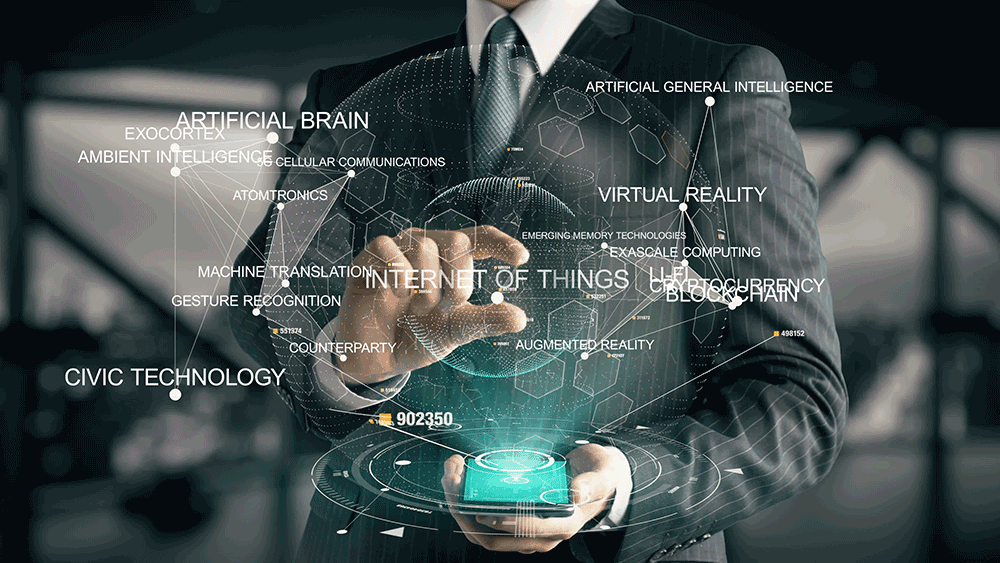Ambient Computing: The Future of Invisible Tech

In 2025, we’re no longer just living with technology, we’re living in it. Ambient computing, once a futuristic concept, is now rapidly becoming the silent backbone of our digital lives. It’s the invisible network of smart sensors, AI-powered assistants, and context-aware devices that work quietly in the background — predicting our needs and responding before we even ask.
But what exactly is ambient computing, and why is it the biggest shift in how we interact with technology today?
What Is Ambient Computing?

Ambient computing refers to the seamless integration of technology into our environments so that it responds automatically and intuitively to our presence, habits, and needs. Unlike traditional computing — where you explicitly interact with devices via keyboards, screens, or apps — ambient tech blends into the background.
Think of:
-
Smart thermostats adjusting temperatures based on your daily patterns.
-
Lights dimming as you settle down to watch Netflix.
-
AI assistants that understand not just your commands but your context.
In other words, it’s about computing that happens around you, not just in front of you.
The Key Technologies Powering Ambient Computing

Several innovations have come together to make ambient computing not just possible, but practical:
1. Internet of Things (IoT) Devices
Tiny, connected sensors in smart bulbs, locks, cameras, and appliances allow devices to gather real-time environmental data — from room temperature to human presence.
2. Artificial Intelligence & Machine Learning
AI enables devices to learn patterns, predict behavior, and make decisions autonomously — without needing constant human input.
3. Voice Assistants & Natural Language Processing
Siri, Alexa, and Google Assistant aren’t just voice-controlled gadgets anymore. They now interpret tone, context, and past behavior to respond more intelligently.
4. Edge Computing
Processing data closer to the device (rather than relying on cloud servers) improves speed, privacy, and reliability — key for real-time reactions.
Where Ambient Computing Is Already At Work

You might not realize it, but ambient tech is already woven into many homes and workplaces. Here are some of the best real-world examples in 2025:
-
Smart Homes: Systems like Google Home or Apple HomeKit allow lights, locks, thermostats, and alarms to respond to routines — like “Good Night” or “I’m Leaving” — without lifting a finger.
-
Offices: Smart desks adjust to your preferred height. Meeting rooms light up and start video calls as participants enter.
-
Retail: Stores use motion sensors and AI cameras to personalize ads, automate inventory, or even check you out without a cashier.
-
Healthcare: Wearables and ambient health monitors track vitals in real time, alerting doctors before symptoms arise.
Why This Shift Matters
Ambient computing isn’t just a technological trend — it represents a major evolution in human-computer interaction. Here’s why it matters:
1. Convenience Without Effort
It reduces friction — no tapping, typing, or swiping required. Your tech just works, often before you even think about it.
2. Personalization at Scale
Ambient devices learn your preferences and routines over time, delivering highly tailored experiences — from lighting and music to climate and reminders.
3. Accessibility for All
Ambient interfaces open up technology to people with disabilities or those who struggle with traditional inputs — making life more inclusive.
The Privacy Trade-Off
Of course, when tech is always-on and always-aware, questions of privacy and control arise.
-
Are you comfortable with devices that are always listening?
-
Who owns the data collected by your smart home or wearable?
-
What happens if an AI system gets something wrong?
Balancing personalization with protection is the next frontier — and companies will need to win users’ trust through transparency, robust security, and user-first design.
The Future of Ambient Computing

We’re on the verge of a world where computing isn’t confined to a screen or a device — it’s in the air around us. In the near future, we can expect:
-
Emotion-aware AI that reacts to your mood.
-
Multi-modal interfaces that combine voice, gesture, and context.
-
Zero UI environments where devices require no visible interface at all.
What was once science fiction is now consumer-ready. The invisible is becoming essential — and ambient computing is at the heart of this transformation.
Final Thoughts
Ambient computing is changing how we live, work, shop, and even sleep — quietly but profoundly. As this tech becomes more integrated into our environments, we’ll spend less time managing devices and more time simply living.
The best tech is the kind you don’t even notice — and in 2025, that’s no longer just an ideal. It’s becoming reality.




